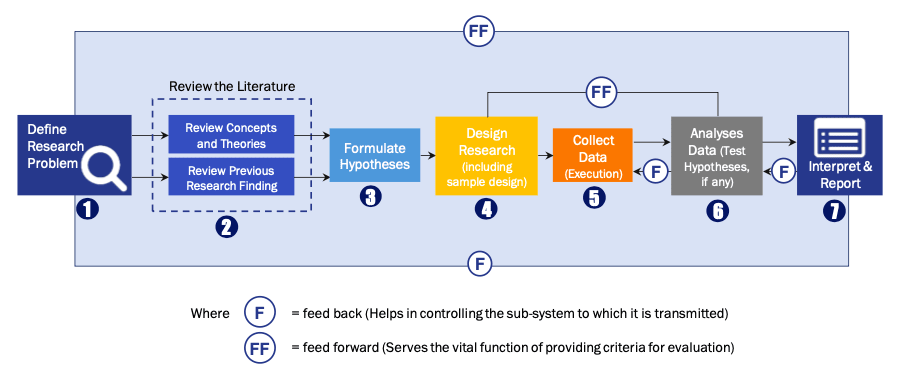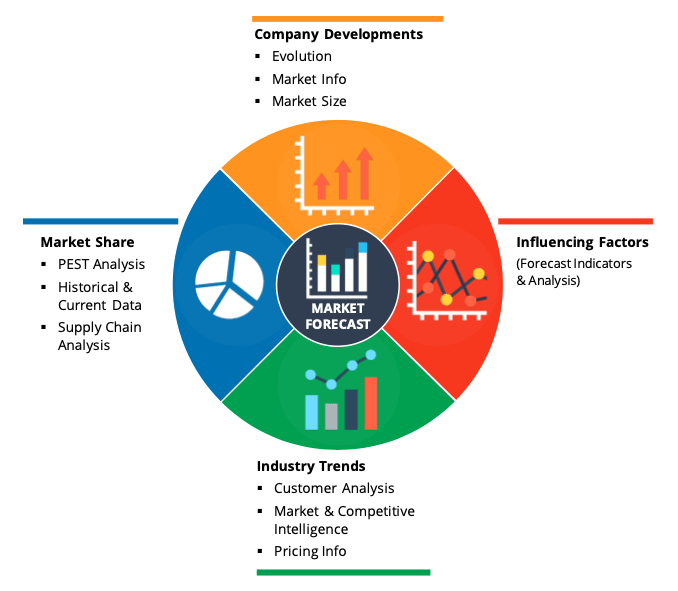The Global Deception Technology Market is expected to grow from USD 1.48 Billion in 2018 to USD 3.72 Billion by 2026 at a CAGR of 16.04% during the forecast period from 2018-2026.
The Global Deception Technology Market was valued at USD 1.48 Billion in 2018, is projected to reach USD 3.72 Billion by the end of 2026, exhibiting a CAGR of 16.04%. Deception technology is a standalone platform that implements a trap to monitor the suspicious activities in the attack chain, and provides precise understanding of the attacker’s behavior. It tracks the activities of the intruder inside a network and lays the foundation for network administrators and analysts for incident response analysis. It activates attack on a decoy network, and sends alarms to original network which safeguard it from being manipulated. Growing incidences of data breaches and profound cyber-attacks worldwide are the major factors attribute to the growth of deception technology market in the coming years.
The advanced deceptive technology is projected to save trillions of dollars affected by cyber-attacks worldwide in the coming years and are supporting the need for a secure platform to protect public and private infrastructure security necessities. The increasing investments in deception technology is expected to grow exponentially in various businesses verticals, from the government & BFSI, aerospace & defence and among other end use industries.
The major key Vendors includes in the Deception Technology market are Rapid7, Logrhythm, Trapx Security, Attivo Networks, Illusive Networks, Cymmetria, Guardicore, Allure Security Technology, Topspin Security, Varmour, Smokescreen Technologies, Acalvio Technologies
Report Description:
Data Library Research are conducted by industry experts who offer insight on industry structure, market segmentations technology assessment and competitive landscape (CL), and penetration, as well as on emerging trends. Their analysis is based on primary interviews (~ 80%) and secondary research (~ 20%) as well as years of professional expertise in their respective industries. Adding to this, by analysing historical trends and current market positions, our analysts predict where the market will be headed for the next five years. Furthermore, the varying trends of segment & categories geographically presented are also studied and the estimated based on the primary & secondary research.
In this particular report from the supply side Data Library Research has conducted primary surveys (interviews) with the key level executives (VP, CEO’s, Marketing Director, Business Development Manager and SOFT) of the companies that active & prominent as well as the midsized organization
FIGURE 1: DLR RESEARH PROCESS

Extensive primary research was conducted to gain a deeper insight of the market and industry performance. The analysis is based on both primary and secondary research as well as years of professional expertise in the respective industries.
In addition to analysing current and historical trends, our analysts predict where the market is headed over the next five years.
It varies by segment for these categories geographically presented in the list of market tables. Speaking about this particular report we have conducted primary surveys (interviews) with the key level executives (VP, CEO’s, Marketing Director, Business Development Manager and many more) of the major players active in the market.
Secondary ResearchSecondary research was mainly used to collect and identify information useful for the extensive, technical, market-oriented, and Friend’s study of the Global Extra Neutral Alcohol. It was also used to obtain key information about major players, market classification and segmentation according to the industry trends, geographical markets, and developments related to the market and technology perspectives. For this study, analysts have gathered information from various credible sources, such as annual reports, sec filings, journals, white papers, SOFT presentations, and company web sites.
Market Size EstimationBoth, top-down and bottom-up approaches were used to estimate and validate the size of the Global market and to estimate the size of various other dependent submarkets in the overall Extra Neutral Alcohol. The key players in the market were identified through secondary research and their market contributions in the respective geographies were determined through primary and secondary research.
Forecast Model
